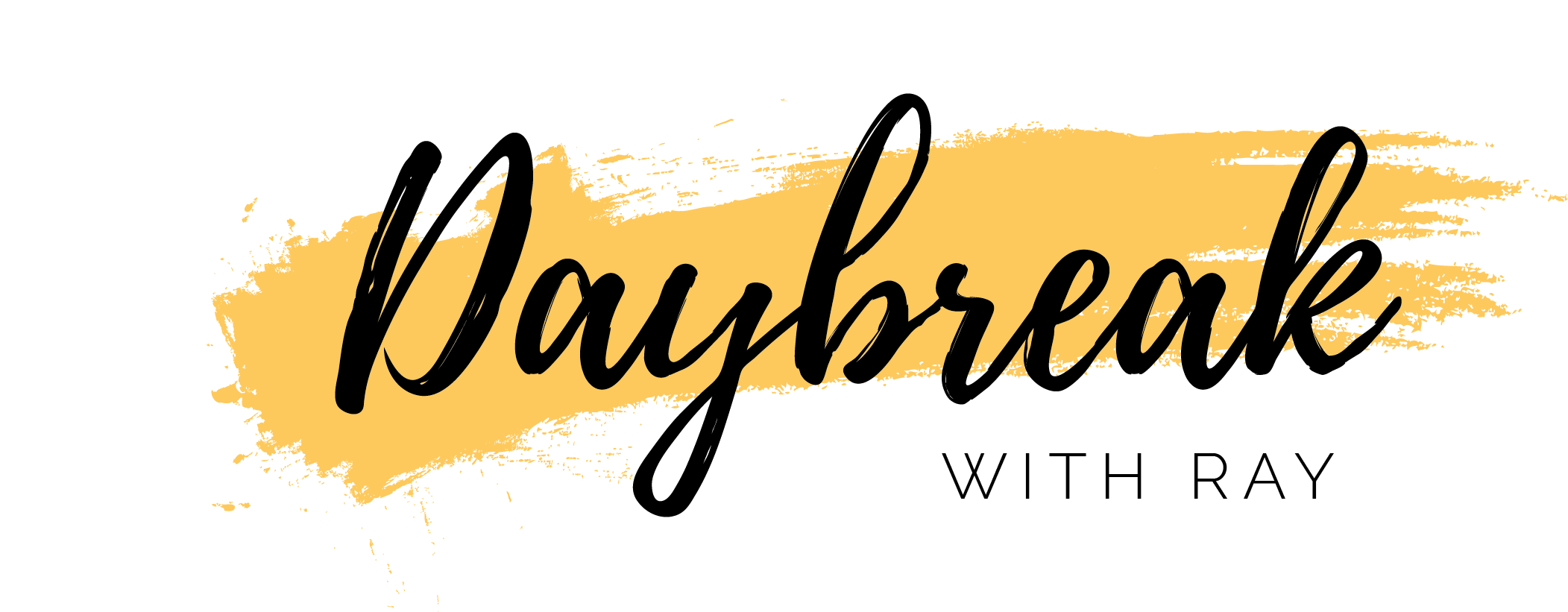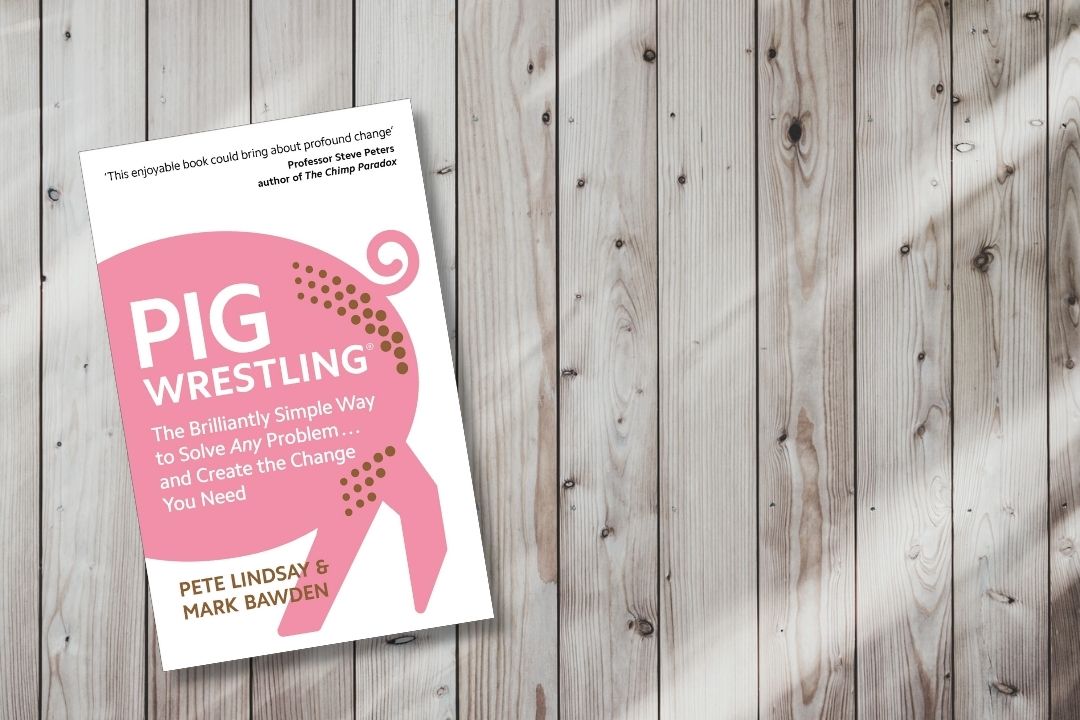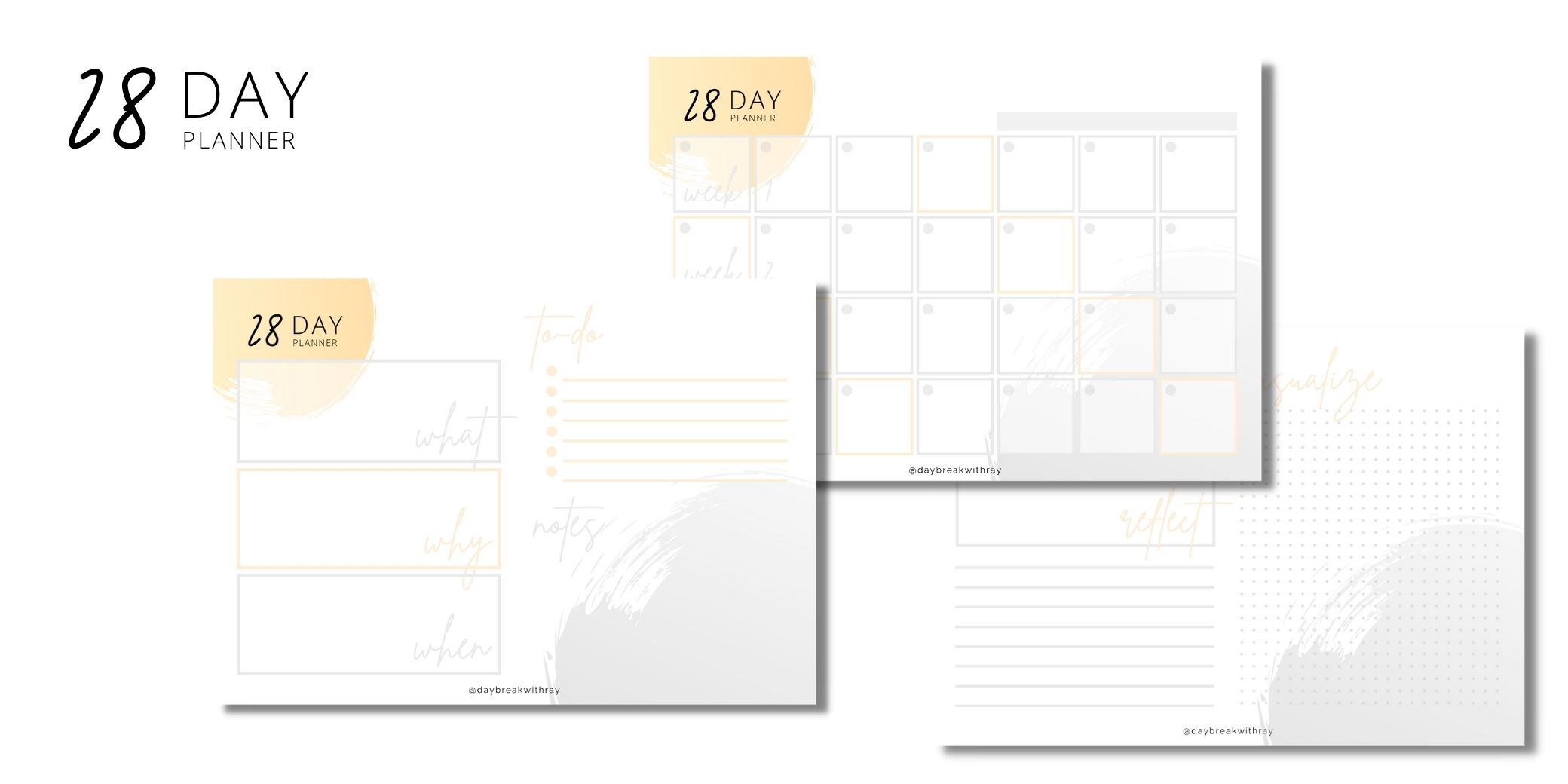Slow-motion Multitasking: 4 Remarkable Benefits for the Creative Minds
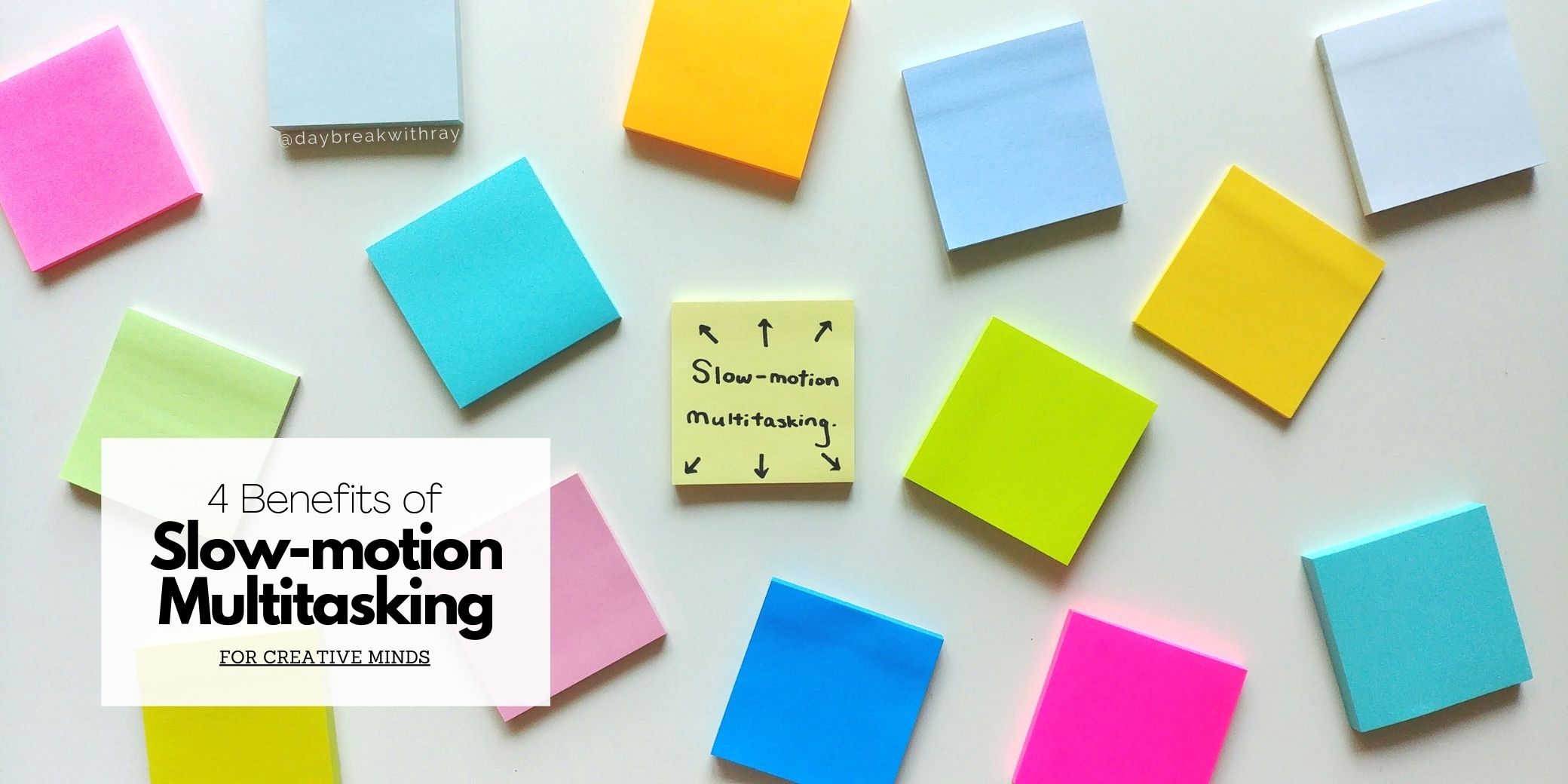
Ever since Tim Harford gave a TED Talk on Slow-Motion Multitasking, more people have been taking advantage of this technique. It has helped unleash their creativity without letting any sparks go out. If you’re hesitant to incorporate the art of slow-motion multitasking into your life, here are 4 benefits that might change your mind.
For those who aren’t familiar with the term “Slow-Motion Multitasking“, it refers to the process of moving back and forth between projects depending on the situation or mood. Instead of the usual multi-tasking where you do two or more things at once, you focus on project at a time and shift between projects when you meet a dead end or for other reasons.
Here are 4 benefits of incorporating the art of slow-motion multitasking into your life.
1. It can help organize our creative lives
There are times when we feel overwhelmed by all the great ideas we have. We want to achieve them all and make it happen by multitasking. But slowly, we come to realize that everything’s just spiraling out of control because we can’t decide which one to focus on first. That’s where slow-motion multitasking comes in and helps us get our lives back in order.
By designating a notebook, an app, or even a box for you to dump all your ideas, you ensure that no creative sparks are lost in the process. Then you start by working on one project of your choice.
When you notice your mind starting to drift off, that’s the cue for your next project in line. If there’s suddenly a spark of an idea for one of your previous projects, you can always jump back to it. If not, you still have a box of ideas waiting for you to pick up.
This way, you won’t feel overwhelmed but instead, filled with excitement every time you start a new project.
2. It helps us get out of creative mind blocks
When you feel stuck and can’t raise any new ideas, applying slow-motion multitasking and swapping between different projects can help free your mind.
After spending so much time on one idea, your mind becomes fixated on this idea. But by hopping onto another project, you can release your mind and allow it to think from outside of the box. You might even find yourself with a better and improved idea.
The reason you can’t [figure out the answer] is because the wrong answer is stuck in your head.
— Tim Harford
3. It can help prevent procrastination
Procrastination has left countless great ideas forgotten in the back of our minds. It happens most often when we get bored and tired of working on the same idea and lose motivation. With nothing to follow-up on, the project eventually gets abandoned as we procrastinate and forget.
By applying slow-motion multitasking, you can keep up your creativity without losing any motivation. You can do so by switching between projects whenever you’re bored or out of ideas to a new project (or a previous project you’ve been working on) and start fresh. With a little organization and the help of your “Ideas for later” box, you can always find a project you’re interested in when you need a change of pace.
4. It encourages us to become all-rounded learners
We may often find ourselves swapping between projects to boost our creativity and maintain motivation. As we continue to practice slow-motion multitasking, we become aware of the benefits of slowing down and shifting our perspective with another project.
When you dive into other fields for various projects, you might notice how these different fields are somehow related in one way or another. And learning new things for the project you’re working on might benefit you in previous or following projects. The more knowledge you acquire, the easier it will be for you in the future.
To Conclude
Slow-motion multitasking doesn’t only benefit the creative minds. If used effectively, it can also boost your productivity levels without losing any motivation between projects. You can be working at the top of your game at all times. If this helped, don’t hesitate to share it with those who can benefit from it!
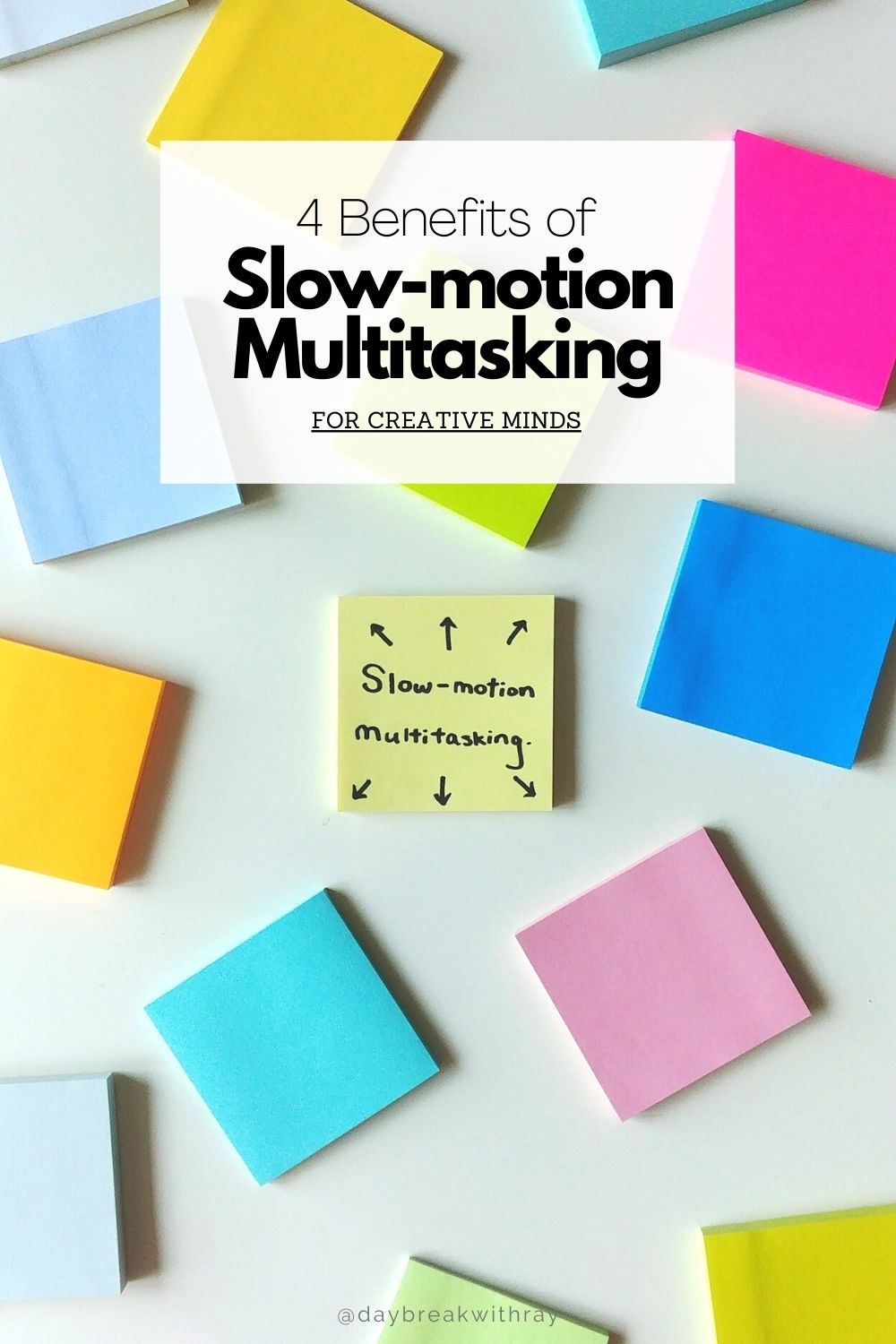
What is Pig Wrestling? And how can it help solve problems? Answer these 5 questions as you break dow
Have you been following up on your New Year's Resolutions? The 28-Day Planner is here to help you re
Your money mindset shapes how you think, feel, and act about money. It plays a crucial role in your
